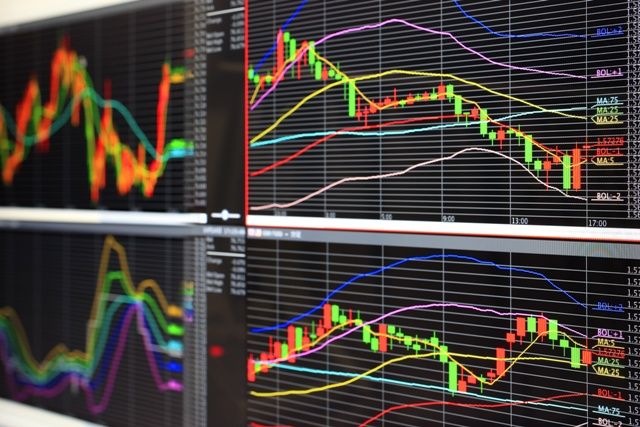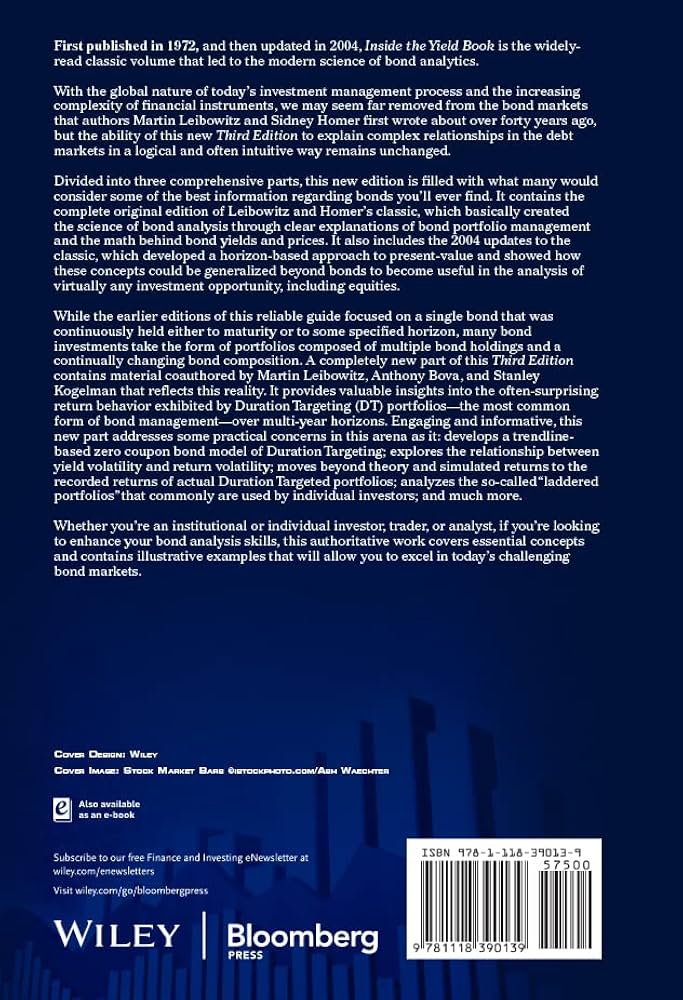Did you know that institutional traders can execute thousands of trades in just milliseconds? As we dive into the future of institutional trading in day markets, this article covers the essentials—defining institutional trading, the technological advancements on the horizon, key challenges faced by institutions, and the significant impact of regulations. Discover how high-frequency trading and AI are revolutionizing strategies, the importance of liquidity management, and the skills essential for today's traders. We'll also explore the advantages of institutional trading, the effects of market volatility, and the potential of blockchain technology. Join us at DayTradingBusiness as we navigate the evolving landscape of institutional trading.
What is institutional trading in day markets?
Institutional trading in day markets involves large financial institutions, like hedge funds and investment firms, executing significant buy and sell orders within a single trading day. They use advanced strategies and technology to capitalize on short-term price movements. The future of institutional trading in day markets will likely see increased automation, data-driven decision-making, and tighter regulation, making trading faster, more precise, and more transparent.
How will technology change institutional trading?
Technology will make institutional trading faster, more automated, and data-driven. Algorithms and AI will analyze markets in real-time, enabling quicker, more precise decisions. Electronic platforms will reduce trading costs and increase transparency. Machine learning will predict market movements, improving execution strategies. Overall, trading will become more efficient, with institutions relying on advanced tech to stay competitive.
What are the main challenges for institutions in day trading?
Institutions face challenges like fast-paced market fluctuations, high-frequency trading competition, and managing large order impacts. They struggle with technological demands for ultra-low latency and data security. Regulatory compliance and adapting to market structure changes also pose hurdles. Additionally, maintaining skilled traders who can navigate volatile conditions is tough.
How do regulations impact institutional day trading?
Regulations limit leverage, restrict trading hours, and enforce transparency, making institutional day trading more cautious and compliant. They increase compliance costs and slow execution speeds, shaping strategies to meet legal standards. Regulations also reduce risky practices, pushing institutions toward more disciplined, regulated trading environments.
What role does high-frequency trading play in institutions?

High-frequency trading (HFT) helps institutions execute large orders quickly, reduce market impact, and capitalize on short-term price movements. It provides faster access to market data, enabling institutions to respond instantly to market changes. HFT also enhances liquidity, making it easier for institutions to buy and sell without large price swings. However, it can increase market volatility and create an uneven playing field. Overall, HFT is a tool that shapes how institutions navigate day markets, balancing speed and efficiency with risks.
How will AI and automation affect institutional trading strategies?
AI and automation will make institutional trading faster, more precise, and data-driven. They’ll enable real-time decision-making, reduce human error, and optimize execution strategies. Trading algorithms will adapt instantly to market changes, improving liquidity and reducing costs. Over time, institutions will rely more on AI for predictive analytics, risk management, and pattern recognition, shaping a future where manual trading plays a smaller role.
What are the risks for institutions in day markets?
Institutions face risks like high volatility causing significant losses, liquidity shortages making it hard to execute large trades without impacting prices, and market unpredictability leading to misjudged timing. They also risk technological failures, cyberattacks, and regulatory changes that could increase compliance costs or restrict trading strategies. Rapid price swings can trigger margin calls and exacerbate losses, while competition from high-frequency traders can squeeze margins and reduce profit opportunities.
How do institutions manage liquidity in daily trading?
Institutions manage liquidity daily by using large order pools, algorithmic trading, and liquidity providers to ensure smooth market entry and exit without causing price swings. They monitor order book depth and adjust trades in real-time to prevent market impact. Automated systems help execute trades efficiently, while hedging strategies protect against volatility. Overall, they balance supply and demand to keep liquidity stable during busy trading hours.
What are the advantages of institutional trading over retail trading?
Institutional trading offers larger capital pools, faster execution, and access to advanced technology, giving it a competitive edge in day markets. It benefits from better market insights, lower transaction costs, and the ability to influence prices due to volume. Unlike retail traders, institutions can leverage sophisticated algorithms and high-frequency trading for quicker, more precise decisions. They also face fewer restrictions and have direct connections to liquidity providers, which enhances their ability to execute large trades efficiently.
How will market volatility influence institutional day trading?
Market volatility will push institutional day trading to become more agile, relying on advanced algorithms and real-time data to capitalize on rapid price swings. Firms will increase their use of high-frequency trading and machine learning models to adapt quickly. Volatility amplifies risks but also creates opportunities, prompting institutions to refine risk management and diversify strategies. Overall, expect institutional day trading to become more tech-driven, faster, and more responsive to unpredictable market movements.
Learn about How Do Institutional Traders Use Leverage in Day Trading?
What skills are essential for institutional traders today?

Institutional traders today need strong analytical skills to interpret market data quickly, advanced technical and fundamental analysis abilities, and proficiency with trading algorithms and software. They must understand risk management deeply, adapt to rapid market changes, and stay updated on regulatory shifts. Communication skills are vital for coordinating with teams and clients. Familiarity with emerging technologies like AI and machine learning is increasingly crucial for staying competitive in day markets.
How do institutional traders use data analytics?
Institutional traders use data analytics to identify trading patterns, predict market movements, and optimize execution strategies. They analyze large datasets—like order flow, price trends, and news sentiment—to make faster, more informed decisions. Real-time analytics help them exploit short-term opportunities and manage risk effectively. Advanced algorithms and machine learning models refine their strategies, giving them an edge in volatile day markets.
Learn about How Do Institutional Traders Use Technical and Fundamental Analysis?
What impact will blockchain have on institutional trading?
Blockchain will streamline institutional trading by enabling faster settlement, reducing counterparty risk, and increasing transparency. It can cut costs through automated processes like smart contracts and improve data security. As blockchain adoption grows, expect more real-time trade clearing and settlement, making day markets more efficient and less prone to delays. This tech could also enhance audit trails, boosting trust among institutions. Overall, blockchain will transform institutional trading from manual, delayed processes to instant, secure transactions.
How are institutional traders adapting to market changes?

Institutional traders are adopting advanced algorithms, real-time data analytics, and AI to react faster to market shifts. They’re increasing automation and leveraging machine learning for predictive insights. Many are diversifying strategies to manage volatility and reduce risk. They also focus on integrating alternative data sources like social media and news feeds for better market signals. Overall, they’re becoming more agile, tech-driven, and data-centric to stay ahead in day markets.
What is the future of regulation in institutional day trading?
The future of regulation in institutional day trading will likely involve stricter oversight to prevent market manipulation and ensure transparency. Expect increased use of technology for real-time monitoring, tighter rules around high-frequency trading, and more stringent compliance requirements. Regulators may also focus on data security and fair access to trading platforms. Overall, regulation will become more adaptive to evolving trading strategies while aiming to protect market integrity.
Conclusion about What Is the Future of Institutional Trading in Day Markets?
In summary, the future of institutional trading in day markets is poised for significant transformation driven by technology, regulation, and evolving market dynamics. Institutions must navigate challenges such as market volatility and liquidity management while leveraging advancements in AI, automation, and data analytics. As regulations continue to shape the landscape, the adaptability of institutional traders will be crucial. Understanding these factors will enable institutions to maintain their edge over retail traders and capitalize on emerging opportunities. For more insights and guidance on navigating the complexities of trading, rely on DayTradingBusiness.